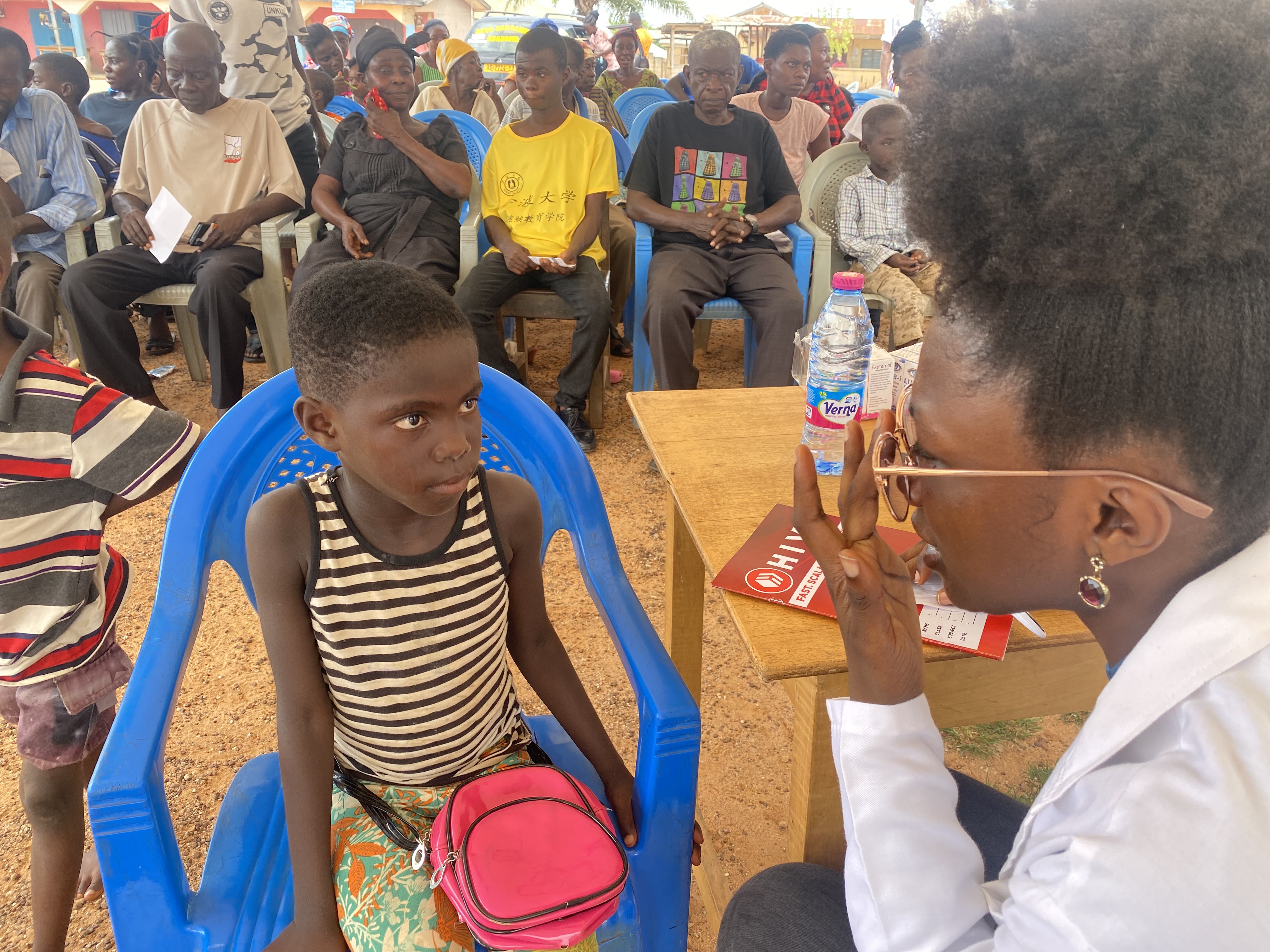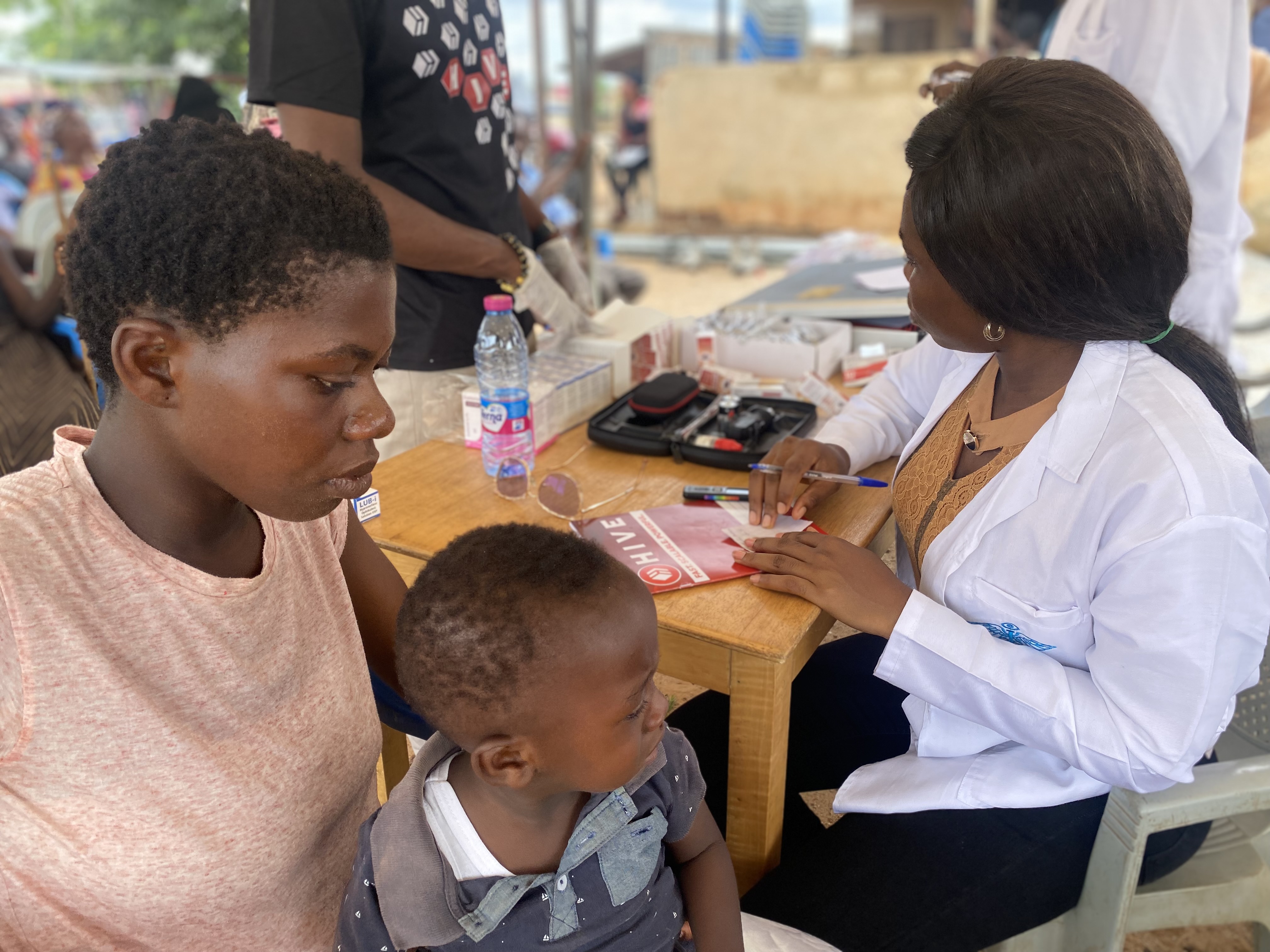Greetings to all and sundry,
It is a beautiful day today and an exciting time not just to learn but to share and imbibe knowledge. It is always such a pleasure to be heard, and I am glad that I get to that even though we all have lots of stuff we are handling in our individual lives.
I hope we are all doing well and having an amazing month, I miss my readers and I hope you miss me too. Today I want to talk about a thesis project I worked on in my final days in school and share my thoughts on what I think the future holds or what could be done in the healthcare sector for this.
Healthcare and Research are not exclusive of each other or shouldn't be exclusive of each other because it is through research that medical procedures get to be refined, knowing what works well and what is failing with time, coming up with new techniques, new inventions, new ways of doing things, refining drugs, etc.
In this research, I looked at the prevalence of an infant condition that presents on the eye which has significant morbidity and tends to be quite prevalent in developing nations like Ghana.
Prevalence of Ophthalmia Neonatorum
Bacterial conjunctivitis is inflammation of the conjunctiva caused by bacteria with the most common isolates being Streptococcus pneumoniae, Staphylococcus aureus, Haemophilus influenzae, and Moraxella catarrhalis. Patients present with conjunctival congestion, grittiness, burning sensation, and mucopurulent discharge. When this occurs within the first month of life it is called ophthalmia neonatorum, also known as neonatal conjunctivitis.
In Africa and Ghana, ophthalmia neonatorum (ON) is a public health concern, especially in areas with poor socioeconomic status and limited access to healthcare facilities. According to Amnesty et all, Variable prevalence rates of ON have been recorded in studies conducted throughout Africa, ranging from 2% to 20% with higher rates noted in underserved and rural communities. Due to difficulties with maternal healthcare, insufficient prenatal screening, and restricted access to preventive measures, Sub-Saharan Africa has a disproportionately high burden of ON (Müller et al., 2015).
My study was to determine the prevalence of ophthalmia neonatorum and bacteria conjunctivitis among Neonates and Children in the Asokwa Municipality because of the limited data on the incidence and prevalence of the condition in Ghana.
My Results
Two thousand one hundred and sixty-one (2161) questionnaires were given out/administered for the case study, and only four hundred and sixty-six (466) cases were on bacterial conjunctivitis and ophthalmia neonatorum. This was about 21.56% of cases that were presented to the hospital within the period of the research. A slightly higher prevalence of ophthalmia neonatorum in female neonates (54.84%) compared to male neonates (45.16%) was found, as well as a marginal predominance of bacterial conjunctivitis in male children (51.49%) over female children (48.51%). These figures align with the work of Amini et al. (2008), which also observed a gender differential in the prevalence of ocular conditions, although their study showed varying prevalences.

The results of this investigation underscore the significance of age-specific public health initiatives, especially the distinct division observed in the age groups afflicted by bacterial conjunctivitis and ophthalmia neonatorum. The findings corroborate the necessity of maintaining the focus on neonatal eye health examinations and educating parents about the possible signs of ophthalmia neonatorum. The rise in cases of bacterial conjunctivitis in older kids indicates that public health messages about stopping the spread of infectious diseases should be more targeted and hygiene education should be strengthened.
Conclusion and Recommendation
The study provided important new information about the prevalence and demographics of bacterial conjunctivitis and ophthalmia neonatorum in newborns and young children in the Asokwa Municipality thus contributing to the understanding of the epidemiological features of ophthalmia neonatorum and bacterial conjunctivitis in the Asokwa Municipality, reinforcing the importance of gender and age-specific public health strategies
.jpg)
It is essential to identify and treat ocular infections in newborns as soon as possible to avoid problems including corneal scarring and vision impairment. We also recommend extensive health education campaigns aimed at parents, caregivers, and medical professionals to increase knowledge of the value of good ocular hygiene practices, especially for the care of newborns.
Further Reading
1. Almajeed, A. A., Bushara, E., Omer, N. E., Ibrahim, O. M., & Ibrahim, G. M. (2015). Non-Chlamydial Acute Bacterial Conjunctivitis in Sudanese Children. Journal of Bacteriology & Parasitology, 6(253), .
2. Block, S. L., Hedrick, J., Tyler, R., Smith, A., Findlay, R., Keegan, E., & Stroman, D. W. (2000). Increasing bacterial resistance in pediatric acute conjunctivitis (1997–1998). Antimicrobial Agents and Chemotherapy, 44, 1650–1654.
4. Boadi-Kusi, S. B., Kyei, S., Holdbrook, S., Abu, E. K., Ntow, J., & Ateko, A. M. (2021). A study of Ophthalmia Neonatorum in the Central Region of Ghana: Causative Agents and Antibiotic Susceptibility Patterns. Global Pediatric Health, 8, 2333794X211019700. doi:10.1177/2333794X211019700
11. Frost, E., Yvert, F., Zué Ndong, J., & Ivanoff, B. (1987). Ophthalmia neonatorum in a semi-rural African community. Transactions of the Royal Society of Tropical Medicine and Hygiene, 81(3), 378-380. doi:10.1016/0035-9203(87)90141-6.

